The 2017/18 season was essentially a best-case scenario for the Sixers and true believers in “The Process.” Former top picks Joel Embiid and Ben Simmons stayed healthy and established themselves as bona-fide NBA stars, and despite getting virtually nothing from 2017’s No. 1 selection Markelle Fultz, the Sixers piled up 52 wins, earned the No. 3 seed in the East, and advanced to the second round of the playoffs.
Fultz’s lost rookie season is somewhat concerning, and it’s not clear if Philadelphia is quite out of the woods yet when it comes to Embiid’s health, but this is a team on the rise. With another lottery pick at their disposal in 2018, along with a significant chunk of cap room, the Sixers are also better positioned than just about any other contender to make another major addition or two to their roster this offseason.
Here are five key questions facing the franchise this summer:
 1. Will the Sixers be able to lure a top free agent to Philadelphia?
1. Will the Sixers be able to lure a top free agent to Philadelphia?
With a playmaking point guard (Simmons) and a big man who can knock down outside shots and protect the rim (Embiid), the Sixers have two key cornerstone pieces in place. Using this summer’s cap flexibility, the club should now make it a priority to add a wing with size who can stretch the floor. Fortunately, two of 2018’s top free agents – LeBron James and Paul George – fit that bill.
If he wants to continue his streak of NBA Finals appearances and add more titles to his résumé, Philadelphia is a logical landing spot for James. The club should be able to create enough cap space to sign him outright, meaning there would be no need to give up valuable assets to acquire him in a trade. On top of that, this is a team that already had enough talent to win 52 games and a playoff series. Adding LeBron to the mix would create a force to be reckoned with in the East.
Still, as silly as it feels to play devil’s advocate to the idea of signing the best player in the NBA, I can’t help but wonder if George makes more sense as a target for the 76ers. Embiid and Simmons put their mark in the franchise in 2017/18, establishing the Sixers as their team. They’re still on the rise and have the potential to be the top two players on a championship club someday — having them take a back seat to LeBron might create some chemistry issues both on the court and off it.
Of course, if LeBron wants to join the Sixers, I don’t expect the team to turn him down, and I’m sure it’d be a fine fit in the long run. But if landing James is the club’s No. 1 offseason priority, George makes for an intriguing 1A. His stints in Indiana and Oklahoma City have shown that he may be more comfortable when he’s not a club’s go-to option, and he’s exactly the sort of player any contending team would love to have as a second or third scoring option and a lock-down defender on the wing.
2. What’s the best route to maximum-salary cap room for the Sixers?
Whether they pursue James, George, another impact free agent, or all of the above, the Sixers will probably need to create a little more cap room than they currently have available. Our estimate currently has them about $25MM under the cap, assuming they keep their nine players on guaranteed contracts, along with T.J. McConnell, Richaun Holmes, and their two first-round picks.
Based on a $101MM salary cap projection for 2018/19, the Sixers would have to get to $30.3MM in room for a maximum-salary deal for George or another free agent with 7-9 years of NBA experience. For James or another player with 10+ years of experience, $35.35MM in cap room would be required.
The 76ers can actually get to $30.3MM+ in cap room pretty painlessly without even having to get another team involved. Using their No. 26 pick on a draft-and-stash prospect and waiving and stretching Bayless’ expiring contract would do the trick.
However, in order to get to $35MM+ in space, attaching that late first-round pick to Bayless in a trade would be the preferred option. If the Sixers were to package Bayless and the No. 26 pick in a trade without taking back any salary in return, the club could then create enough room for a $35.35MM offer by waiving one of Holmes or McConnell.
With plenty of appealing assets under team control, there are other paths Philadelphia could take to open up cap room. If a marquee free agent targeted by the Sixers wants to sign with the team, the front office will find a way to make it happen.
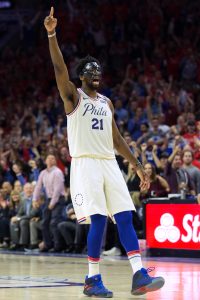
 1. So… what’s LeBron going to do?
1. So… what’s LeBron going to do?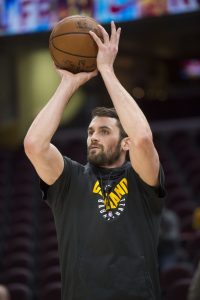
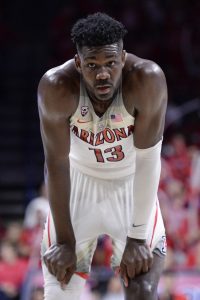

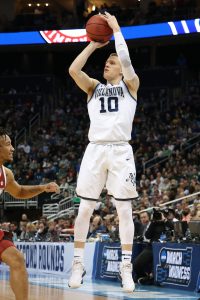
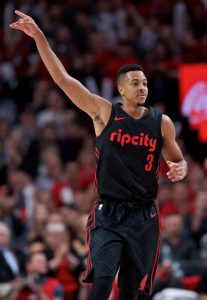 1. Will the Blazers consider breaking up their star backcourt?
1. Will the Blazers consider breaking up their star backcourt?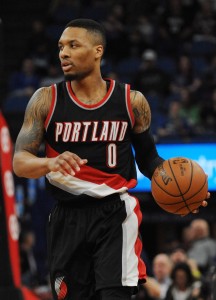
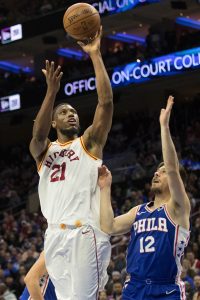 1. Will
1. Will 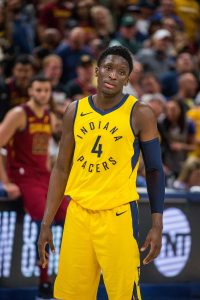
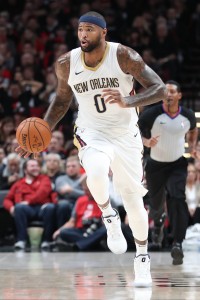 1. Will the Pelicans re-sign Cousins?
1. Will the Pelicans re-sign Cousins?